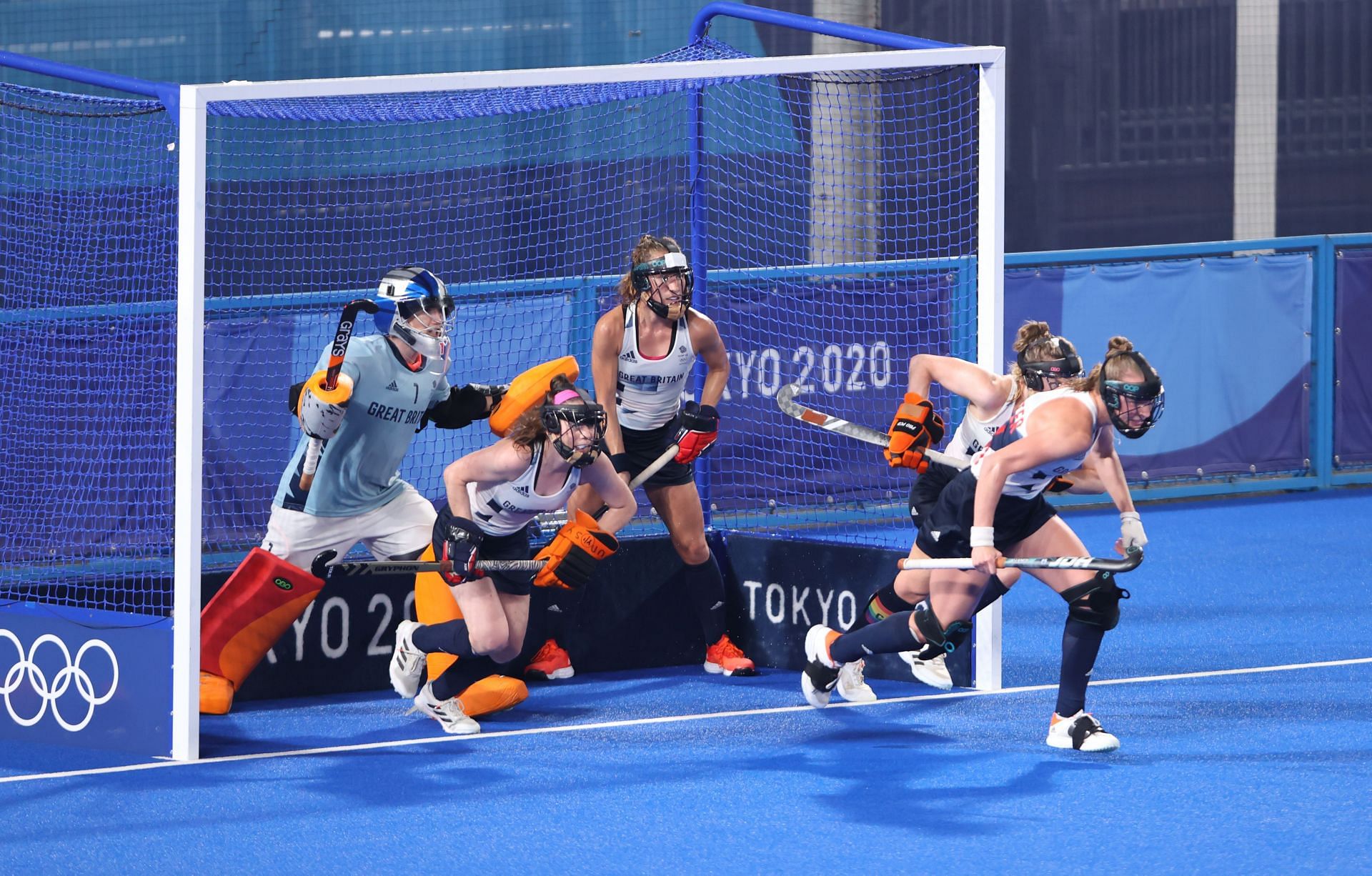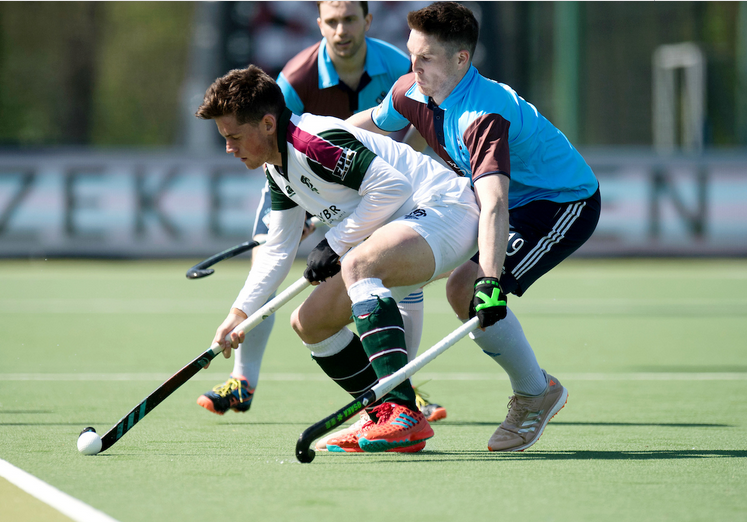Power-packed Penalty Corner Rule Change Aimed at Safeguarding Defenders, Potentially Banning Drag Flicks

Power-packed Penalty Corner Rule Change Aimed at Safeguarding Defenders, Potentially Banning Drag Flicks
In a bid to bolster player safety and protect defenders from potential injuries, the hockey governing body has announced a revolutionary trial of penalty corner rule changes. If implemented permanently, this rule change could spell the end of the drag flick, a powerful yet controversial technique used to score goals from penalty corners. The proposed amendments come as a response to growing concerns over the rising number of injuries suffered by defenders during penalty corner situations.

The sport of hockey has always been physically demanding and thrilling, with penalty corners being a high-stakes moment that can make or break a team’s chances in a match. However, over the years, the drag flick technique has become increasingly potent, leading to higher ball speeds and a rise in accidental stick-to-body contacts. This has left defenders more susceptible to severe injuries, including concussions and broken bones.
The penalty corner is a set-piece play that occurs when the defense commits a foul within the striking circle. The attacking team is then awarded a penalty corner, during which they have the opportunity to execute a planned play to score a goal. The drag flick is a technique that allows the attacker to lift the ball off the ground and send it into the net with incredible speed and accuracy. While it has undoubtedly added excitement to the game and produced numerous spectacular goals, it has also raised safety concerns and led to heated debates within the hockey community.

The proposed trial rule changes aim to address these concerns and strike a balance between offensive excitement and player safety. Under the new regulations, the drag flick would be banned during penalty corners, and attackers would have to rely on alternative techniques to score. The intention behind this change is to reduce the risk of injuries to defenders, who often find themselves in dangerous positions when facing the fierce drag flicks.
Instead of the drag flick, attackers would have to opt for other penalty corner variations, such as the traditional direct shot or a deflection off another player’s stick. These alternatives, while still powerful, may not pose the same level of risk to defenders as the drag flick does.
The trial phase of these rule changes will provide invaluable data and feedback from players, coaches, and officials worldwide. During this phase, different leagues, tournaments, and national associations will test the new regulations in real-game scenarios to assess their impact on gameplay and player safety. The feedback gathered during the trial period will be instrumental in determining whether the rule change becomes permanent or undergoes further refinement.
The decision to trial these penalty corner rule changes was made after an extensive review process, involving input from players, medical experts, and stakeholders within the hockey community. The primary concern was the escalating number of injuries caused by drag flicks and the long-term effects these injuries could have on players’ careers and well-being.

Defenders, in particular, have been vocal about the dangers they face when defending against drag flicks. The rule change proposal has been met with widespread support from defenders, who see it as a step towards safeguarding their interests and preserving the essence of the game.
On the other hand, proponents of the drag flick technique argue that it adds an exciting element to the sport and is an essential skill that players spend years mastering. They fear that the ban may hamper attacking creativity during penalty corners and reduce goal-scoring opportunities. To address these concerns, some have suggested finding a middle ground, such as limiting the number of drag flick attempts during a penalty corner or introducing stricter penalties for dangerous drag flicks.
As the trial phase kicks off, coaches and players will be closely monitoring its impact on gameplay and tactics. Teams will have to adapt their strategies and develop new penalty corner routines that do not rely on the drag flick. This could lead to greater innovation and variety in penalty corner plays, injecting fresh excitement into the sport.
While the outcome of the trial remains uncertain, the overarching goal of preserving player safety while maintaining the thrill of hockey is a shared aspiration across the hockey community. The penalty corner rule change is just one step in the ongoing journey to strike the right balance between competitiveness and player welfare.
In conclusion, the hockey world eagerly awaits the outcome of the penalty corner rule change trial, which has the potential to transform the way goals are scored and redefine penalty corner strategies. As player safety continues to take precedence, the sport is poised to evolve into a safer, yet no less exhilarating, version of itself. The eventual decision on the fate of the drag flick will undoubtedly shape the future of hockey and its players for years to come.




